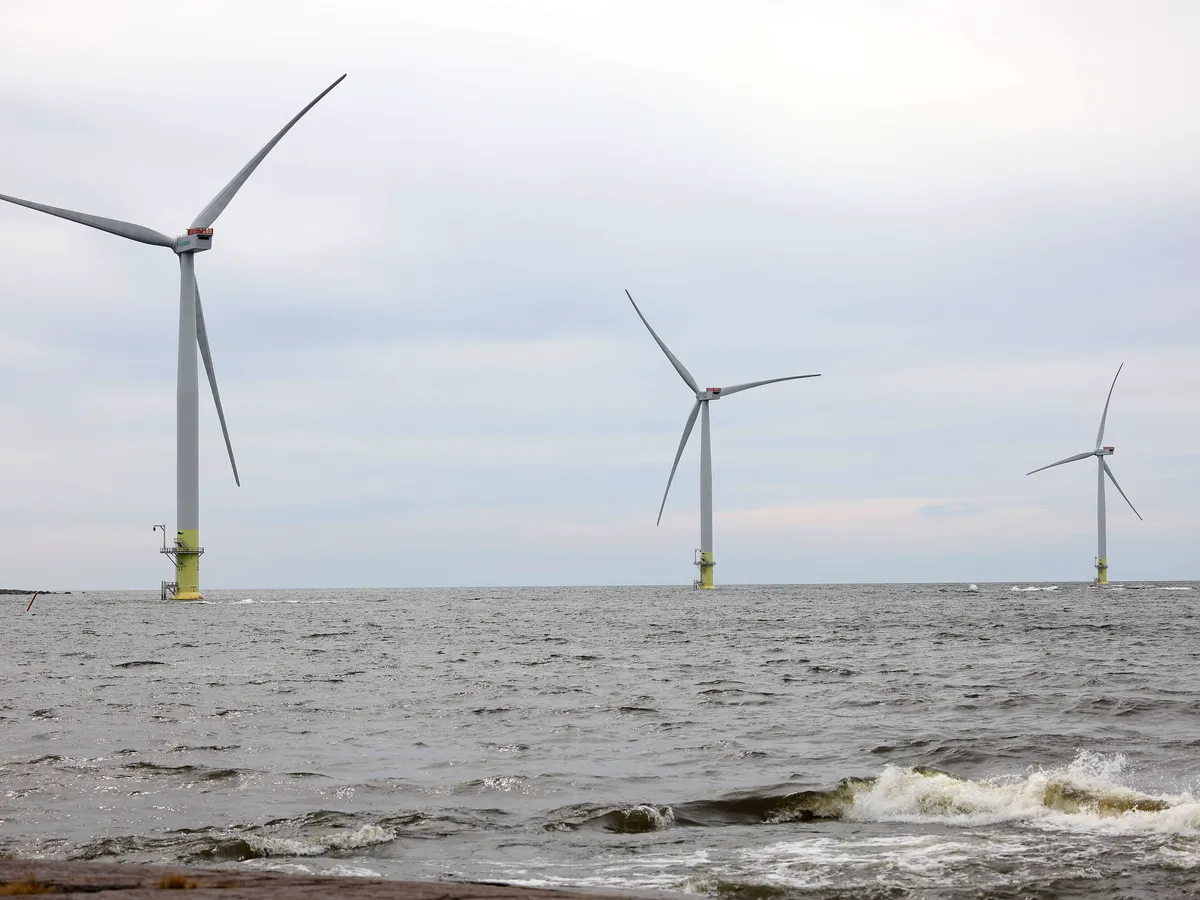The green investment wave has slowed down significantly in Finland this year, calculated in euros, and no new large-scale projects have come at the peak pace of previous years.
However, the message of the data window of green investments maintained by the Confederation of Finnish Business (EK) is two-fold.
Although the number of new investment plans, calculated in euros, fell from 55.5 billion euros last year to 6.1 billion euros, or 89 percent, in January–July, the total number of projects, or the stock, already rose to 270 billion euros. Just a year ago, the amount was slightly over 200 billion euros
The drop in number of projects was substantially lower compared to last year, i.e. seven percent. A total of 140 investment plans for new projects were made, compared to 151 in the previous year.
More important, however, is that there are already more than 650 individual investments on the planning tables. EK’s leading expert Janne Peljon according to these, the start-up and investment decision has already been made for 303 projects, i.e. almost half of the projects.
There are already 14 billion euros worth of projects that have already gone into production, and investment decisions have been made for 13 billion euros. There are suspended projects for 3.1 billion euros.
“There are 52 delayed projects, 35 of which have a delay of one year or less. According to my interpretation, it is then about the usual stretching of the project.”
The investment slump is not entirely true
Talks about Finland’s investment slump seem to be a bit exaggerated, at least according to the statistics of EK. What is clear, on the other hand, is that large projects have been replaced by plenty of smaller projects, the implementation of which is more likely than large ones, because implementation does not require an investment of billions of euros.
However, the number of new projects in euros fell clearly. According to Peijo, the reason behind the project drop is especially the reform of the offshore wind power legislation and the price outlook in the electricity market, as a result of which there have been no new offshore wind power projects this year. Last year, they were presented for almost 31 billion euros.
The change in the matter is understandable. Offshore wind projects are huge, involving the construction of wind power areas in the sea with a total power of thousands of megawatts. The conditions of the Merituuli investment, above all in Finland’s economic zone, are now a mystery due to the changing legislation, and the players in the industry have to wait for the government’s decision on the matter.
Offshore wind power has gained momentum in Sweden as well, when Waterfall decided to suspend the huge Kriegers Flak offshore wind project because the company has been embroiled in a dispute over who will pay to connect the power plant area to the Swedish grid.
According to Vattenfall, the price of the project will increase by a quarter if the company has to pay the cost of the connection cable and make the whole project unprofitable.
The outlook for some of the projects has weakened
What about other projects? In Peijo’s opinion, some kind of saturation is happening with regard to new and large solar power projects in Finland.
The weakened electricity market outlook and the number of already underway and planned projects have also cooled the outlook for solar power.
The clear decrease in battery technology projects is at least partially explained by the weakened market environment, but also the price of investment money and potential investors’ significantly more realistic perceptions of the return potential of investments, both in terms of the size of the return and the time span.
National licensing agency coming?
Companies and business life have also actively highlighted the importance of licensing in new investments. Finland has also partially succeeded in that. The projects that were in the so-called priority procedure have received EK’s leading expert Minna Ojanperän according to the environmental permit in about a year.
Problems arise especially from complaints. The processing times of the Vaasa Administrative Court already last 20–30 months, and especially in industrial projects where water issues play a significant role, the court’s decisions can cause pain for companies.
“On the other hand, the median time pending in EIA procedures has already increased to 17 months from the previous 12-13 months, and the scope of the required reports has grown considerably over the past 10 years,” says Ojanperä.
According to Ojanperä, it would be very important for the government to have the currently planned national licensing and control agency established at the beginning of 2026. It would significantly promote the one-stop licensing model.
